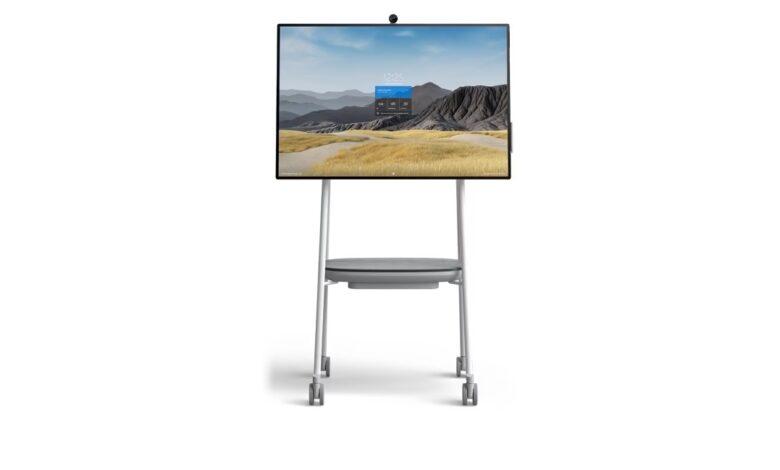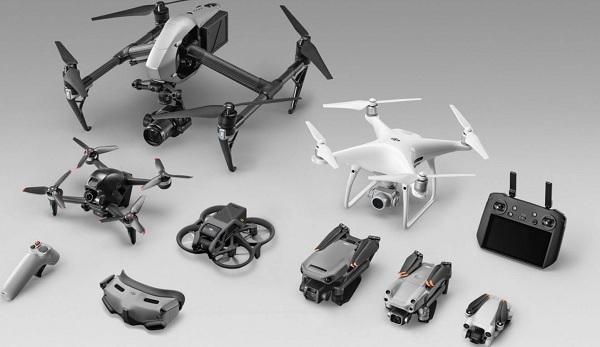Surface Hub 3: The Next Generation of Interactive Whiteboards for Hybrid Teams

In the ever-evolving landscape of modern workplaces, the concept of hybrid teams has taken center stage. Whether due to the COVID-19 pandemic or the growing trend of remote work, organizations worldwide are adapting to a new way of collaboration. To facilitate this shift, technology has played a pivotal role, and one remarkable innovation is the Surface Hub 3, the next generation of interactive whiteboards. This cutting-edge device represents a significant leap forward in enabling seamless and productive teamwork for hybrid teams.
The Evolution of Interactive Whiteboards
Before delving into the wonders of the Surface Hub 3, it’s essential to understand the journey of interactive whiteboards. These digital collaboration tools have come a long way since their inception, evolving from basic whiteboards with touch capabilities to powerful integrated solutions. The Surface Hub series by Microsoft has consistently been at the forefront of this evolution, setting new standards with each iteration.
Meeting the Needs of Hybrid Teams
Hybrid teams consist of individuals working both remotely and in the office. This model offers flexibility and allows organizations to tap into talent from around the world. However, it also presents unique challenges, primarily related to effective communication, collaboration, and engagement. The Surface Hub 3 addresses these challenges comprehensively.
1. Seamless Integration
The Surface Hub 3 seamlessly integrates with Microsoft 365 and other productivity tools, creating a unified digital environment. This means that team members can effortlessly access and collaborate on documents, presentations, and data in real time, regardless of their physical location. The device is designed to promote a sense of unity among hybrid teams, reducing the divide between in-office and remote workers.
2. Advanced Video Conferencing
One of the standout features of the Surface Hub 3 is its state-of-the-art video conferencing capabilities. It boasts high-definition cameras, exceptional audio quality, and AI-powered features like background noise cancellation and automatic speaker tracking. This ensures that virtual meetings are as engaging and productive as face-to-face ones, fostering a sense of connection among team members.
3. Interactive Touch and Pen Input
The Surface Hub 3 retains the intuitive touch and pen input capabilities of its predecessors, allowing for natural and fluid interactions. Whether it’s brainstorming ideas on a digital whiteboard, annotating documents, or sketching diagrams, the device provides a tactile experience that enhances creativity and collaboration.
4. Enhanced Security
With the increasing reliance on digital collaboration tools, security has become a paramount concern. The Surface Hub 3 is equipped with robust security features, including multi-factor authentication, data encryption, and remote management options. Organizations can have peace of mind knowing that their sensitive information is safeguarded.
5. Cloud Integration
Hybrid teams often rely on cloud storage and applications for seamless collaboration. The Surface Hub 3 leverages the power of the cloud to enable instant access to files and data from anywhere, promoting agility and flexibility in hybrid work environments.
The Future of Collaboration
The Surface Hub 3 represents not only a technological leap but also a paradigm shift in how teams collaborate. It blurs the boundaries between physical and virtual spaces, enabling individuals to work together as if they were in the same room. This device serves as a harbinger of the future of collaboration, where geography is no longer a limitation.
Case Study: XYZ Corporation
To illustrate the impact of the Surface Hub 3, let’s consider the case of XYZ Corporation, a global tech company with offices in multiple countries. Before adopting the Surface Hub 3, XYZ struggled with effective communication among its hybrid teams. With team members scattered across the globe, coordinating meetings and sharing information proved challenging.
Upon integrating the Surface Hub 3 into their workflow, XYZ experienced a transformation. Meetings became more engaging, with participants able to see each other clearly and collaborate on documents in real-time. Brainstorming sessions were more creative, thanks to the device’s interactive whiteboard capabilities. The company also noted a significant improvement in project timelines and overall productivity.
Furthermore, XYZ Corporation reported increased employee satisfaction. Remote team members no longer felt isolated; they could actively participate in discussions and contribute to projects just like their in-office counterparts. This newfound sense of inclusion and camaraderie had a positive impact on morale and retention rates.
Conclusion
The Surface Hub 3 is the next generation of interactive whiteboards, and it represents a pivotal advancement in enabling hybrid teams to thrive. Its seamless integration with productivity tools, advanced video conferencing capabilities, and emphasis on security make it a game-changer in the world of modern collaboration.
As organizations continue to adapt to the evolving landscape of hybrid work, investing in innovative solutions like the Surface Hub 3 is essential. It not only addresses the immediate challenges of remote and hybrid work but also sets the stage for a future where collaboration knows no boundaries.
In conclusion, the Surface Hub 3 is not just a technological device; it’s a catalyst for change, ushering in an era where teams can work together seamlessly, regardless of where they are in the world. With the Surface Hub 3, the future of collaboration looks brighter than ever for hybrid teams.



